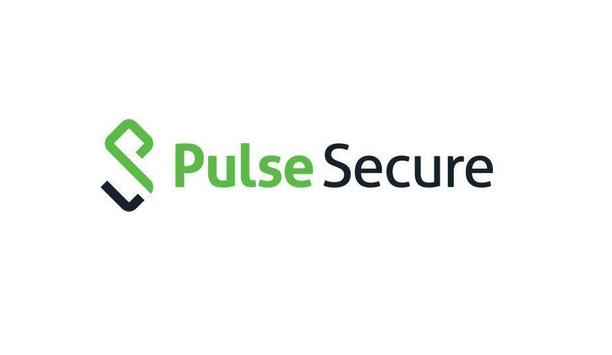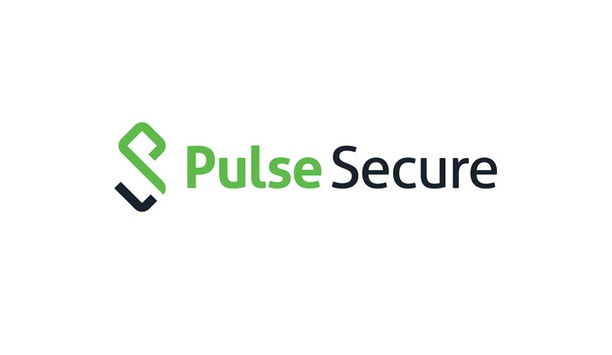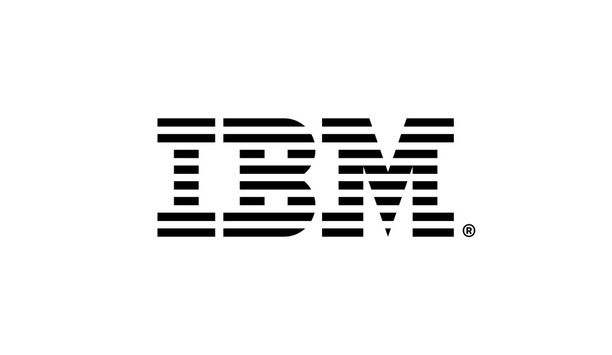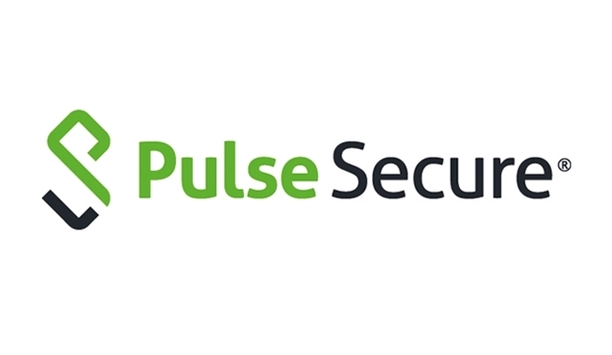Steve Brasen
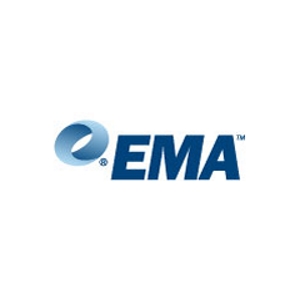
Steve Brasen
Managing Research Director, EMA, Enterprise Management AssociatesSteve Brasen is the Managing Research Director at Enterprise Management Associates (EMA). Steve holds over 19 years of experience in system operations and engineering. Prior to joining EMA, Steve served as a Senior Analyst at Agilent. Steve graduated from Montclair State University in 1988.
News mentions
Pulse Secure, a renowned provider of software-defined Secure Access solutions, announced that Enterprise Management Associates (EMA) has honored Pulse Secure among the industry’s top secure acce...
Despite security issues and concerns resulting from the massive and sudden increase in work-from-home (WFH) initiatives caused by the global COVID-19 healthcare crisis, one-third (38%) of U.S. compani...
Security today announced it is extending its artificial intelligence (AI) technology originally developed to protect users in the financial services industry, to clients in all industries via the comp...
Pulse Secure, a provider of Secure Access solutions, announced that EMA, an analyst firm specializing in IT and data management technologies, has honored Pulse Secure as the industry’s leading h...
